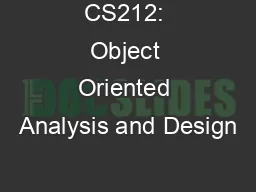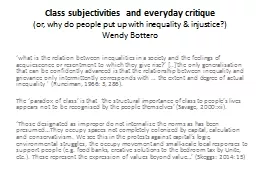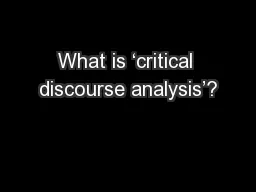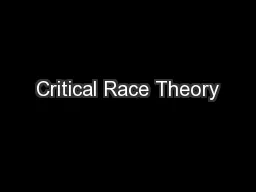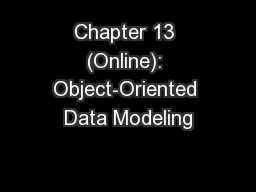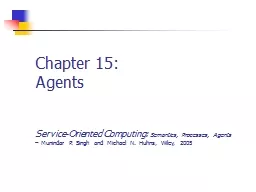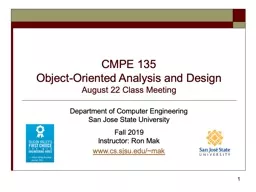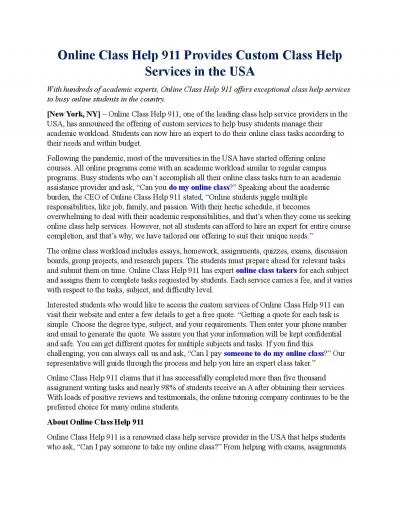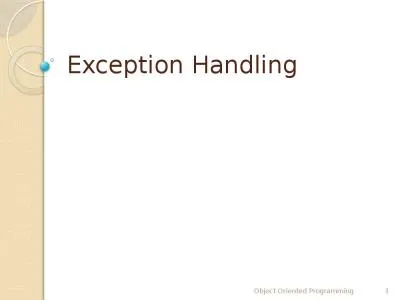PPT-Critical Class Oriented
Author : alexa-scheidler | Published Date : 2016-03-22
Active Learning for Hyperspectral Image Classification School of Civil Engineering Purdue University and Laboratory for Applications of Remote Sensing Email wdipurdueedu
Presentation Embed Code
Download Presentation
Download Presentation The PPT/PDF document "Critical Class Oriented" is the property of its rightful owner. Permission is granted to download and print the materials on this website for personal, non-commercial use only, and to display it on your personal computer provided you do not modify the materials and that you retain all copyright notices contained in the materials. By downloading content from our website, you accept the terms of this agreement.
Critical Class Oriented: Transcript
Download Rules Of Document
"Critical Class Oriented"The content belongs to its owner. You may download and print it for personal use, without modification, and keep all copyright notices. By downloading, you agree to these terms.
Related Documents


